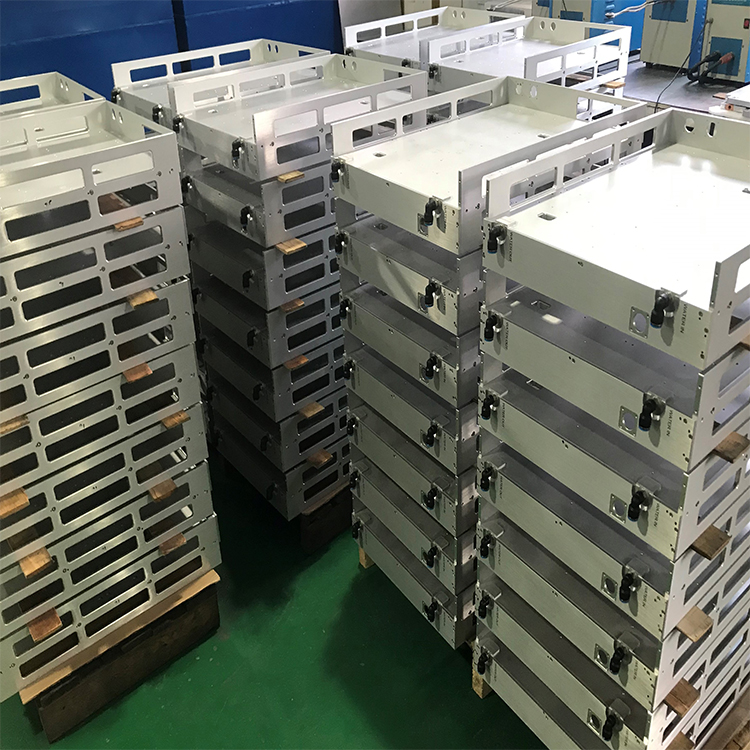Tel: +86-18025912990 | Email: wst01@winsharethermal.com
Blog


Views: 33 Author: Site Editor Publish Time: 2022-04-01 Origin: Site

Semiconductor lasers have very obvious advantages, such as small volume and mass, high efficiency of electro-optical conversion,
etc. Because of these advantages, semiconductor lasers have been used in various industries. Semiconductor lasers are usually
combined with the most basic light-emitting single tubes. The light-emitting single tube can form multiple Bars, and then
multiple Bars form a certain stack. Because the level of semiconductor technology in my country is gradually deepening,
the power used is also gradually increasing. The limit power of a single light-emitting tube can reach 25 watts, and the peak
centimeter bar power has increased to 1000 watts, but the volume of a single light-emitting tube is indeed very large. Exquisite.
Because the heating of the chip will have a very serious impact on the semiconductor work, Winshare thermal engineer said how
to effectively dissipate heat from high-power semiconductor lasers, and discusses how to use them effectively.
The effect of chip temperature on the minimum current required for the normal operation of the laser is mainly reflected in the
internal structure of the laser. As the chip temperature increases, the minimum current of the laser will also increase accordingly.
At this time, it can be clearly seen that the semiconductor laser needs to speed up the heat dissipation efficiency of the temperature
under the support of the minimum current. Only in this way can the normal operation of the laser be guaranteed.
The slope efficiency of the semiconductor laser is the linear data of the starting current and the driving current of the semiconductor
laser. Generally, the greater the slope efficiency of the semiconductor laser, the better the performance. However, the temperature
of the chip increases. The slope efficiency of semiconductor lasers is not well utilized
Forced convection cooling and fan cooling, the traditional heat dissipation method for lasers is to use precipitation with good thermal
conductivity, extend the surface layer of semiconductor lasers, and use natural heat dissipation methods to achieve the goal of
reducing chip temperature. This kind of structure has a certain convenience, and the requirements for the thermal conductivity
of the material are also relatively high, so copper is often used as the most used material. However, this method can no longer
meet the current cooling requirements.
Large channel water cooling method
At the very beginning, Winshare thermal engineer researchers changed the natural convection cooling to forced convection
cooling in order to fully reduce the problem of laser heat dissipation, and thus the large-channel heat sink method appeared.
The structure in the traditional large channel water cooling method is a cavity type. After the optimization of the water inlet
vacancies, the luminous efficiency of the laser can be fully exerted. It is proved by experimental data that this method has a
good heat dissipation function. This water cooling method has certain obvious advantages over the traditional methods,
but it also has its own shortcomings. The main problem is the uneven temperature distribution. In order to solve this phenomenon,
researchers have added many heat exchange structures within the channel, such as flow structures. The analysis of the heat
dissipation effect of the in-line structure and the fork-row structure is also designed, and it is concluded that the heat-dissipation
of the in-line structure and the fork-row structure is better than the traditional heat dissipation method, but the disadvantage
is that the pressure will increase. Therefore, the large-channel water cooling method has the characteristics of simple structure
and excellent temperature dispersion, and is the most widely used heat dissipation method in the current stage.
